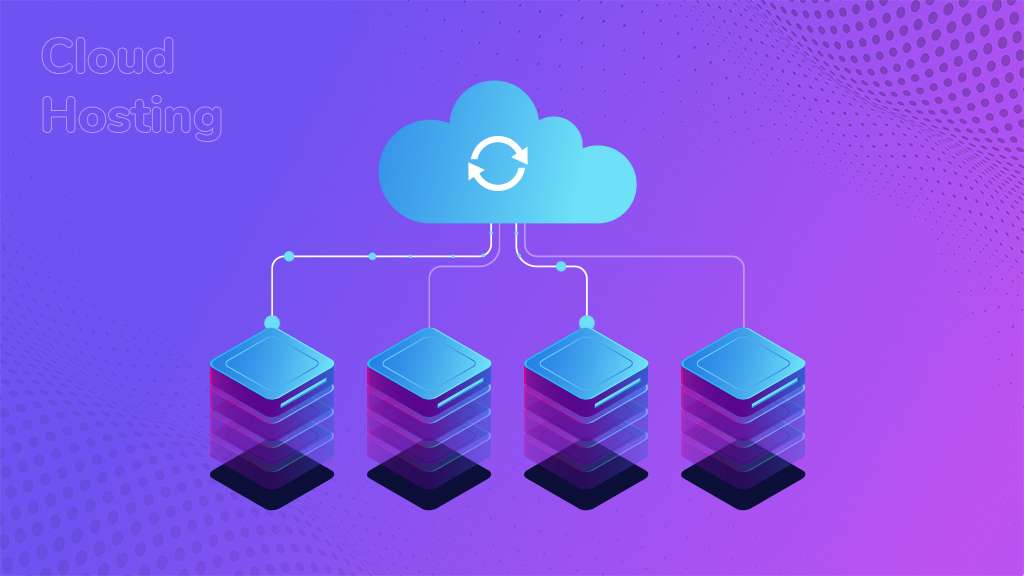Selecting the optimal cloud hosting solution is one of the most strategic decisions a Chief Technology Officer can make. The right platform drives performance, scalability, security, and cost efficiency—critical factors for businesses navigating accelerating digital transformation in 2025. This guide distills the essential considerations, evaluation criteria, and recommended providers to empower CTOs to make informed cloud choices aligned with their organization’s goals.
Understanding Your Business Requirements
Before comparing vendors, define your organization’s unique needs:
- Workload Profiles and Performance Needs
Evaluate CPU, memory, storage I/O, and network requirements for each application or service. High-performance computing, media processing, and big-data analytics demand specialized instances or bare-metal options, while standard web and mobile workloads may thrive on general-purpose VMs. - Scalability and Elasticity
Determine how quickly you need to scale—hourly, daily, or seasonally—and whether automatic scaling based on metrics (CPU utilization, request latency) is a must-have. - Geographic Footprint and Latency
Map user locations and data sovereignty regulations. Low-latency experiences for global customers require a provider with a broad, well-peered network of edge and regional data centers. - Security, Compliance, and Governance
Identify industry regulations (PCI DSS, HIPAA, GDPR) and corporate policies. Look for built-in compliance certifications, encryption at rest and in transit, and robust identity and access management controls. - Operational Model and Skill Set
Assess your team’s cloud maturity. Do you have DevOps expertise to manage Kubernetes clusters and infrastructure as code, or do you need higher levels of managed services and abstractions? - Cost Constraints and Pricing Models
Forecast monthly and annual budgets. Understand on-demand, reserved, and spot pricing. Factor in data transfer and ancillary services (managed databases, AI/ML, CDN) when estimating total cost of ownership.
Key Evaluation Criteria
Once you’ve characterized your requirements, apply the following criteria across shortlisted cloud providers:
1. Service Portfolio and Feature Breadth
Compare compute, storage, networking, and managed services. A rich ecosystem—serverless functions, managed Kubernetes, AI/ML platforms, and database as a service—enables faster innovation and reduces integration complexity.
2. Performance Benchmarks
Review independent test results for instance startup times, network throughput, and storage latency. Providers offering custom CPU types (ARM, Graviton) can deliver better price-performance for specific workloads.
3. Global Infrastructure and Edge Reach
The number of availability zones per region, presence of edge locations, and direct global network backbone partnerships impact application responsiveness and resilience.
4. Security and Compliance Posture
Ensure the provider maintains up-to-date SOC 2, ISO 27001, and local certifications. Evaluate encryption key management, DDoS protection services, and advanced threat detection offerings.
5. Ease of Management and Automation
Assess the maturity of infrastructure-as-code tooling (Terraform, CloudFormation equivalents), CI/CD integrations, and managed monitoring/logging stacks. A unified management console and well-documented APIs accelerate development lifecycles.
6. Total Cost of Ownership (TCO)
Beyond raw compute costs, include licensing fees, support tiers, data egress charges, and projected savings from reserved or sustained-use discounts. Calculate TCO scenarios over three- to five-year horizons.
7. Support, Ecosystem, and Partner Network
Evaluate the availability of 24/7 enterprise support, professional services, training programs, and a robust partner ecosystem for third-party monitoring, security, and consulting.
Leading Cloud Providers in 2025
While many players vie for market share, four hyperscalers dominate the landscape for enterprises of all sizes:
Amazon Web Services (AWS)
Strengths:
AWS offers the broadest feature set and global footprint, with over 30 availability zones and advanced services like Nitro-based instances and Lambda enhancements. Its extensive partner network and maturity in the market make it a go-to for organizations seeking maximum flexibility.
Microsoft Azure
Strengths:
Azure excels for enterprises already invested in Microsoft ecosystems. Deep integrations with Active Directory, Office 365, and Azure DevOps streamline identity, productivity, and CI/CD workflows. Azure Arc brings hybrid cloud consistency across on-premises and multi-cloud environments.
Google Cloud Platform (GCP)
Strengths:
GCP leads in data analytics and AI, powered by its Tensor Processing Units and BigQuery. Recent innovations in confidential computing and Anthos have reinforced GCP’s appeal for data-driven organizations and hybrid architectures.
Oracle Cloud Infrastructure (OCI)
Strengths:
OCI has gained traction for cost-effective bare-metal offerings and high-performance Oracle database services. Its network-optimized architecture delivers competitive throughput and latency, positioning it well for enterprise applications requiring strict SLAs.
Specialty and Emerging Cloud Options
For certain use cases, consider alternative providers:
- DigitalOcean and Vultr: Highly cost-effective for small to mid-sized teams and web-centric workloads, with user-friendly interfaces and straightforward pricing.
- IBM Cloud: Offers unique mainframe integration and Red Hat OpenShift managed clusters for clients with legacy infrastructure.
- Regional Cloud Providers: Alibaba Cloud in APAC and LatAm clouds like Locaweb or Niubiz can meet data residency needs and offer local support advantages.
Best Practices for Cloud Adoption
Adopting cloud hosting successfully requires more than picking a platform:
- Implement a Cloud Center of Excellence (CCoE): Establish governance, best practices, and training for cost optimization, security, and architecture patterns.
- Leverage Infrastructure as Code (IaC): Standardize deployments and enforce compliance through versioned scripts and policy-as-code frameworks.
- Adopt FinOps Principles: Continuously monitor usage, rights-ize instances, and apply automation to shut down idle resources.
- Design for Resilience: Use multi-zone or multi-region architectures, implement automated failover, and practice regular disaster-recovery drills.
- Embrace Cloud-Native Services: Wherever feasible, replace self-managed services with managed alternatives—databases, queues, and machine-learning APIs—to reduce operational overhead.
By thoroughly assessing workload characteristics, performance needs, compliance requirements, and cost constraints, CTOs can narrow down the most suitable cloud hosting platforms for their business. AWS, Azure, GCP, and OCI remain the titans, but specialized and regional providers offer compelling alternatives for particular use cases. Embedding best practices around governance, automation, cost management, and resilience ensures that your cloud strategy not only meets today’s demands but scales gracefully to support innovation and growth throughout 2025 and beyond.

